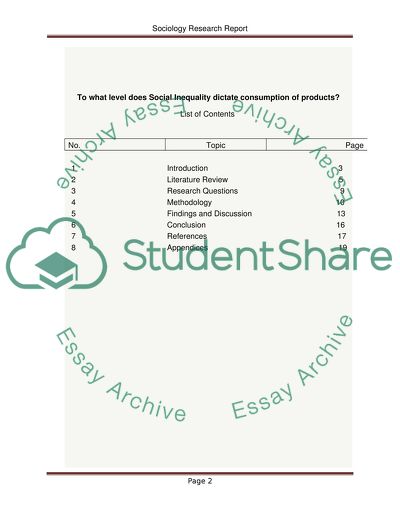Cite this document
(“Research Report Essay Example | Topics and Well Written Essays - 3000 words”, n.d.)
Retrieved from https://studentshare.org/sociology/1398141-research-report
Retrieved from https://studentshare.org/sociology/1398141-research-report
(Research Report Essay Example | Topics and Well Written Essays - 3000 Words)
https://studentshare.org/sociology/1398141-research-report.
https://studentshare.org/sociology/1398141-research-report.
“Research Report Essay Example | Topics and Well Written Essays - 3000 Words”, n.d. https://studentshare.org/sociology/1398141-research-report.


